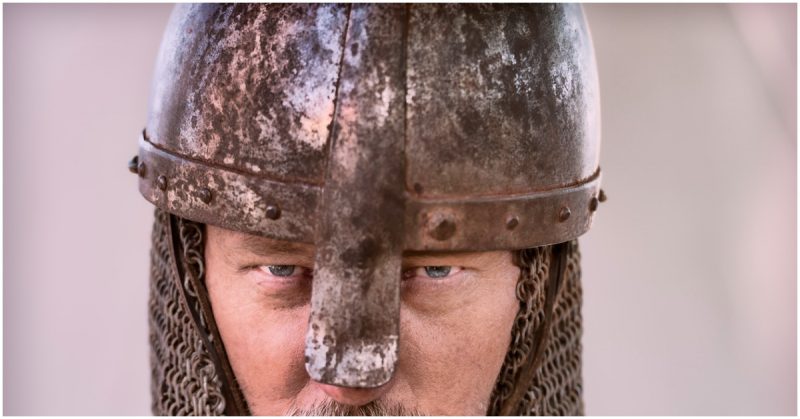A crimson cross emblazoned on a white background; a simple design, perhaps, but behind it lies one of the most remarkable stories in the history of the medieval world. It’s a saga that began in the city of Nablus, in the aftermath of the First Crusade.
That same saga came to a sudden end in 1307, two centuries later. As the sun rose over Paris on Friday the 13th of November, the doom of the Knights Templar was sealed.
Almost two hundred years before that fateful morning, however, no one could have imagined what was to come. Following a bloody end to the First Crusade, the Holy Land was under Christian dominion. As news spread to Europe, a steady flow of pilgrims and travellers began to pour across the Mediterranean to visit Jerusalem and the sacred sites.
However, the road that ran inland from the coastal ports was plagued with bandits and raiders. Pilgrims were being butchered, sometimes in their hundreds, and the situation was only getting worse.
It was at this point that a French knight named Hugues de Payens proposed a solution. Meeting with King Baldwin II of Jerusalem at the Council of Nablus, he outlined his vision for a new monastic order of fighting men, who could protect travellers on the road through the Holy Land. The presence of such an order was greatly needed, and the King supported the idea.

The new order was given a headquarters on the Temple Mount, within the royal palace itself. From this location, they derived their name – The Poor Knights of Christ and the Temple of Solomon.
Initially, the group consisted of only nine knights, and without any real funds of their own, they relied heavily on donations from the church and nobility. Their emblem, depicting two knights riding on a single horse, reinforced the image of an impoverished band of brothers, fighting in the name of Christ.
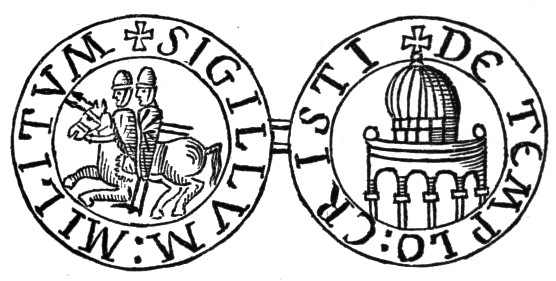
Just as their name soon morphed to become the simpler “Knights Templar,” so too did the order itself develop and evolve. With enthusiastic backing from the Church, their ranks grew almost as quickly as their finances improved, and they were soon one of the most favored charities in Christendom.
Being regularly gifted with money and soldiers was a huge advantage, but the order also began receiving the ownership of many businesses, giving them a more permanent source of income. In the years that followed, their business ventures grew in size and prosperity, while their many chapter houses formed the foundation of early European banking.
On top of the considerable wealth, the support of the Church was especially useful in 1139, when the Pope actually raised the knights above the law entirely. Although they were still subordinate to the Papacy, the Knights Templar could now move unhindered across borders, a law unto themselves.
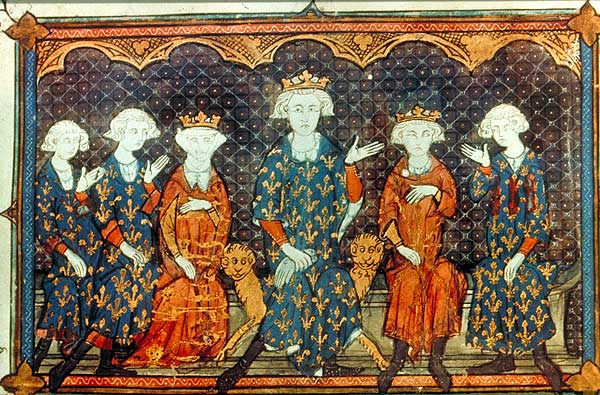
This, combined with a network of business and banks, made them an incredibly influential political power, quite aside from their military prowess. Noblemen traveling abroad or into battle would often temporarily hand their entire estate to the Templar Order, and what was once an order defined by its poverty and humbleness became, at its peak, a multinational business empire.
Of course, their rise to power shocked and unsettled many of the longstanding nobility in Europe. Even as their military power in the Middle East began to fade in the late 13th Century, their influence in Europe only grew. As many of the royal families in Europe were now in debt to the Templar Order, their power was truly unrivalled.
One monarch who had been loaned particularly large sums of money by the Knights Templar was King Philip IV of France. Not only had his war with England forced him into serious debt but his attempts to depose the previous Pope had been thwarted by the very Order which had loaned him his money. The Knights Templar had humiliated him, and even after that he still owed them huge sums.
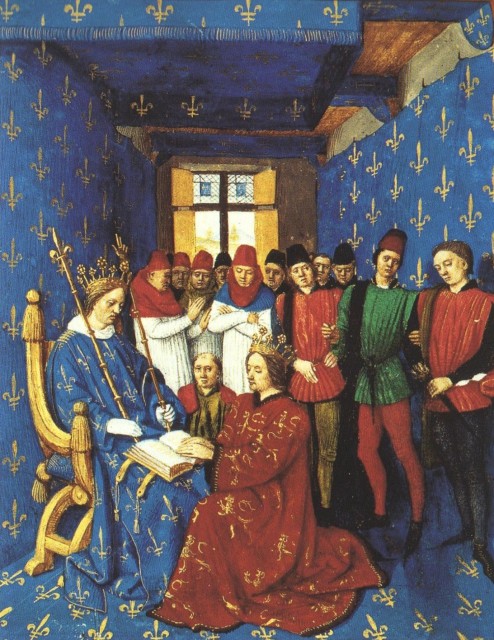
In the end, business enterprise and banking had transformed the order of impoverished knights into an economic and military behemoth, and these same factors proved to be their downfall. They had made a powerful enemy in their dealings with the King of France.
So it was that, at dawn on Friday the 13th of November 1307, warrants of arrest were issued for all principle members of the Knights Templar. The key figures of the order were in Paris to discuss the possibility of merging with another Crusader faction – the Hospitallers – and it was the perfect time for Philip to strike.
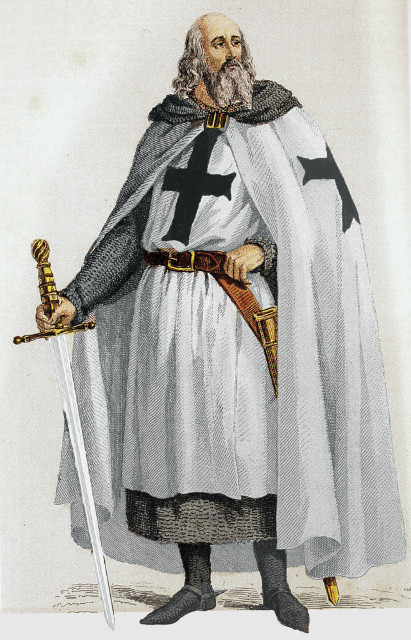
The leader of the Order at the time, Jacques de Molay, was among those taken into custody and, along with his brethren, he was accused of multiple blasphemous and illegal acts. From devil worship and spitting on a cross to denying Christ and killing young children, the crimes with which the French King accused the Templar Order were unsubstantiated and largely works of complete fabrication.
Philip had nothing but lies to offer as evidence against the Knights.
Not that it mattered, of course.
Many of the knights were held in captivity for years, often in solitary confinement. Under torture, most of the Templars – including the Grand Master himself – admitted to the charges. However, they did so expecting that the Pope would eventually proclaim them innocent, and exonerate the order. Instead, they were sentenced to spend the rest of their lives in prison.
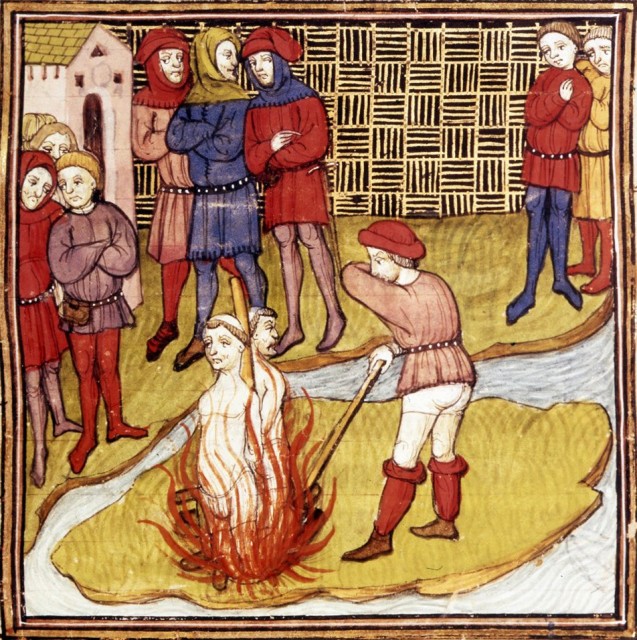
Upon hearing that he would live out the rest of his days in a cell, the Grand Master recanted his confession and insisted once more that he was innocent of all charges.
That night, on the 18th of March 1314, the last Grand Master of the Knights Templar burned at the stake.
Once they had proclaimed themselves The Poor Knights and numbered less than a dozen men. At their peak, they rose above the law and moved freely through Europe, a state within each state, an empire without borders. In their downfall, the same economic might that propelled them to power led to their end.
In the history of medieval Europe, there are few stories as intriguing and, ultimately, as tragic as the rise and fall of the Knights Templar.
